A Guide on Inlay Onlay in Dentistry
- Sep 10, 2024
Introduction
In the domain of restorative dentistry, it is important to maintain the strength and appearance of your teeth. Inlay Onlay have seemed to be a useful solution for managing extensive decay or damage to teeth among the different options available on the market.
Inlays and Onlays treatments offer a better option than traditional fillings as they have advantages like increased durability and a natural appearance.
In this blog, we'll delve into what are their benefits, the procedure involved, and all you need to know about them before getting the treatment.
What Is Inlay Onlay?
Inlays onlays are your custom-made restorations that fit within or over the surface of your tooth. They are useful when a tooth has gone through significant damage but not enough to warrant a full crown so that your natural tooth structure is saved.
Inlays
Inlays are dental restorations that are placed within the cusps of your tooth. They are created to fill cavities in the tooth structure without covering the outer surfaces. Inlays options are useful when the damage is contained to the grooves or pits of the tooth, which allows for targeted restoration without touching the wall of your natural tooth.
Onlays
In contrast, onlays go beyond the cusps of the tooth, covering one or more of its outer surfaces. This broader coverage makes onlays ideal for more extensive damage, providing extra support to the tooth structure and giving it a wall.
Benefits of Inlay and Onlay
Inlay Onlay for dental restoration come with several benefits for you, such as:
Strength and Durability
Both of them are crafted from strong materials, making them more durable than traditional fillings. This strength means they can withstand the everyday pressures of chewing and grinding.
Appearance
They can be made from materials such as porcelain that almost match the natural colour of your teeth. This advantage allows for a natural look, preserving your smile's true beauty.
Preservation of Tooth Structure
The most important benefit of these restorations is that they need less tooth reduction compared to crowns. This means more of your natural tooth structure remains intact, promoting better oral health.
Long-Lasting Results
When properly cared for, they can last for many years, making them a cost-effective solution in the long run.
The Inlay and Onlay Procedure
Understanding the steps involved in receiving an inlay or onlay can help demystify the process.
Visit your dentist
The treatment will start with a complete dental checkup and diagnosis. Your dentist will assess the damage and determine if an inlay or onlay is the best option for you.
Tooth Preparation
Once your treatment plan is set, the affected tooth is prepared. This preparation involves removing all the decay and shaping the tooth to provide a proper fit for the restoration.
Impressions and Temporary Placement
The dentist will take your impressions or scans. These impressions or scans will be sent to the lab. The lab will work with these impressions or scans sent by your dentist to make custom inlay or onlay.
At times, your dentist will give you a temporary restoration to protect your tooth until the final inlay or onlay is ready.
Final Placement
The dentist will call you back to the dental clinic once your custom inlay or onlay is ready. Your dentist will check the fit and make any required adjustments before bonding the restoration to your tooth.
Materials Used for Inlay Onlay
Many materials are used for these restorations, each with its benefits and drawbacks.
Porcelain
Porcelain offers benefits due to its natural appearance. It can be colour-matched to your existing teeth, making it a good choice if you are concerned about appearance.
Composite Resin
Composite materials are a cost-effective option that can blend well with your natural teeth. They might be less durable than other dental materials used.
Ceramic
The ceramic has a combination of strength and gives a pleasant appearance and a natural look. They don't wear out for a long time compared to the other dental materials.
Cost of Inlays and Onlays
In India, the cost of inlays and onlays ranges from INR 4,000 to 15,000 per tooth, depending on factors such as the type of material used (ceramic, composite, or gold), the dental clinic's reputation, and the location. Prices can differ, so you should always ask your dentist first.
The cost of these treatments depends on the following factors and changes according to the same few factors.
Material Type
The choice of material influences the overall cost. Porcelain tends to be more expensive than composite resin.
Location
Dental clinic costs can differ by the region and location you choose to get your treatment done. Rural areas may have lower prices compared to urban settings.
Length of Treatment
The complexity of your case, such as the reach of decay or damage, can affect pricing. More extensive restorations may require your extra time and resources.
Insurance Coverage
It's worth checking with your dental insurance provider. There are as many plans as possible that may cover a portion of the costs related to inlay and onlay.
Care and Maintenance for Inlays and Onlays
Maintaining your inlay onlay is an important task to make sure they last longer.
Oral Hygiene Practices
Brushing and flossing on a daily basis, along with routine dental checkups, will help keep them in good condition.
Dietary Concerns
Certain foods can be abrasive and may damage restorations. It's wise to avoid hard or sticky foods that can put extreme pressure on the inlays or onlays.
Regular Dental Visits
Regular dental visits allow your dentist to monitor the health of your inlays or onlays and your overall dental health.
FAQs About Inlay and Onlay
How long does inlay onlay last?
The time for your inlay and onlay depends on the care you take for the restoration. With proper care, they can last over a decade.
Are inlays and onlays painful?
Most patients experience the tiniest discomfort during the procedure, often managed by your dentist with local anaesthesia.
Can I eat after getting an inlay or onlay?
You may need to wait until the numbness from anaesthesia wears off so that you don't hurt your tongue before eating, but your dentist will provide detailed instructions.
How do I know if I need an inlay or onlay?
Consulting with your dentist is the best way to determine the right treatment based on the condition of your teeth.
ConclusionThey offer good and pleasing solutions for restoring damaged teeth. They combine strength, durability, and a natural appearance, which makes them a good choice for your dental treatment. Ask your dentist to choose the best option that fits your dental needs if you are considering this treatment. You can enjoy a beautiful, functional smile for years to come by taking positive steps toward improving your oral health.
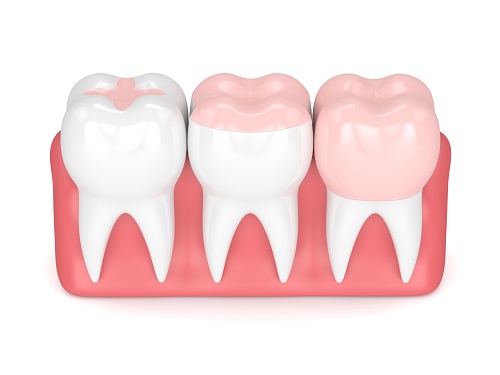
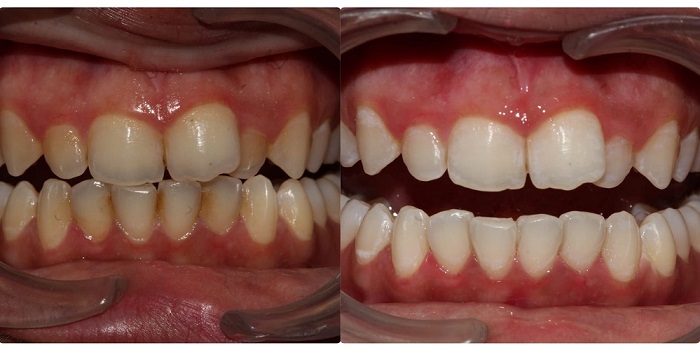

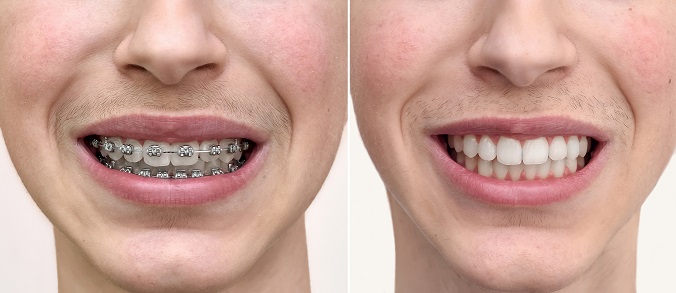

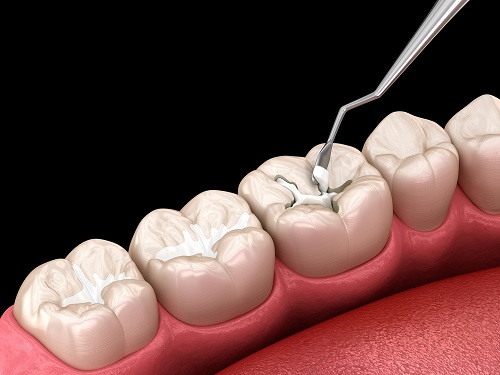

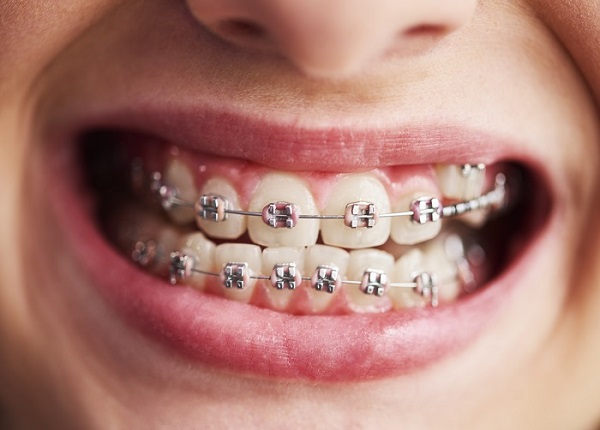
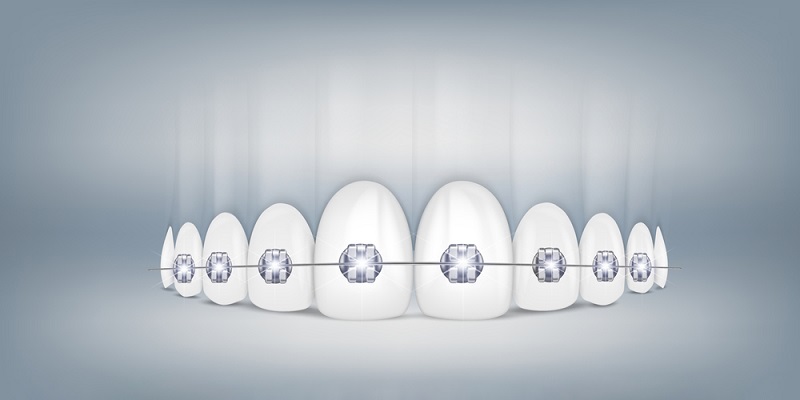
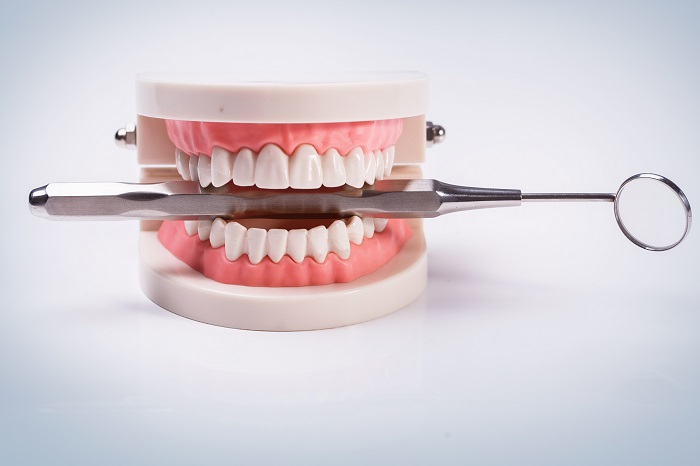
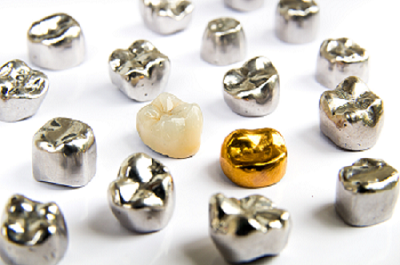
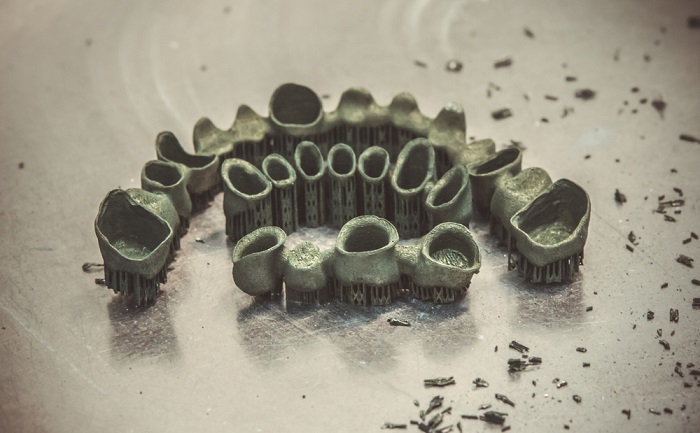
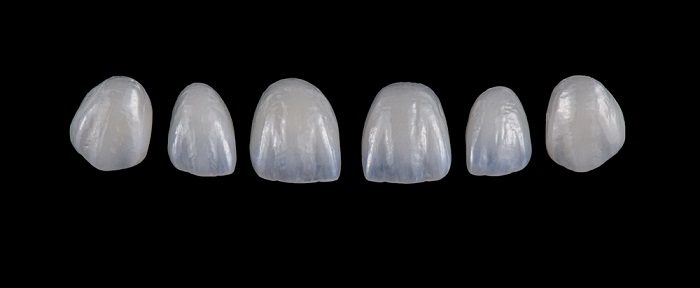
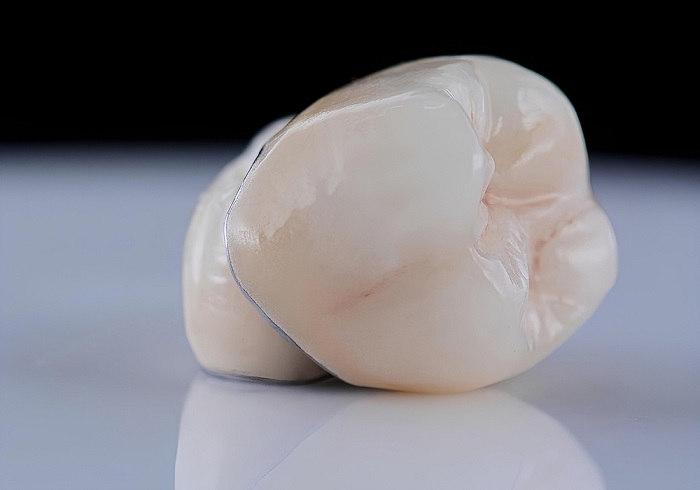

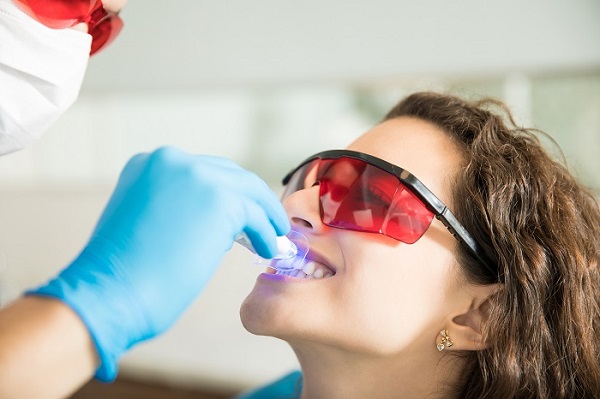
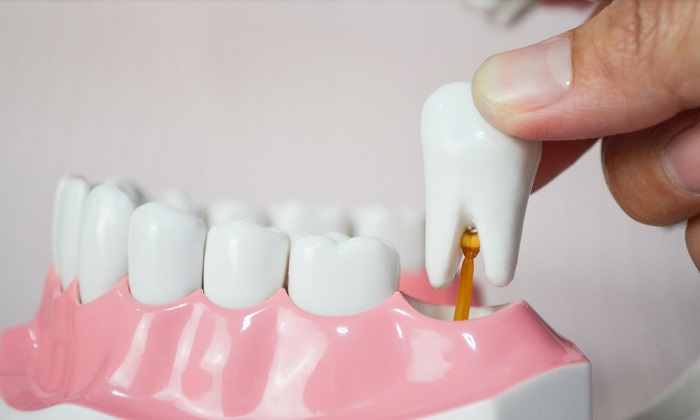

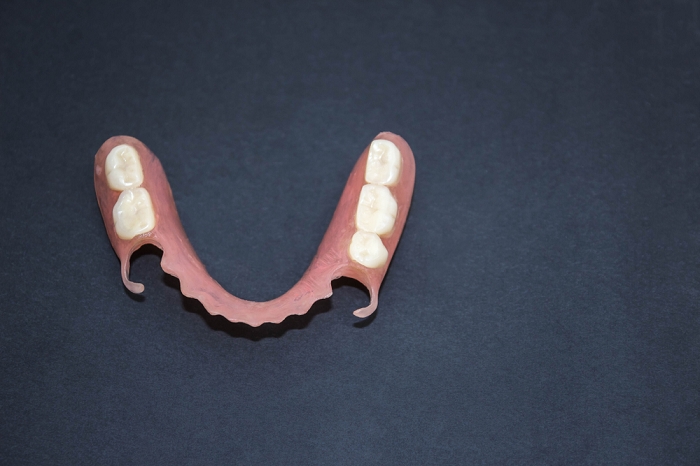
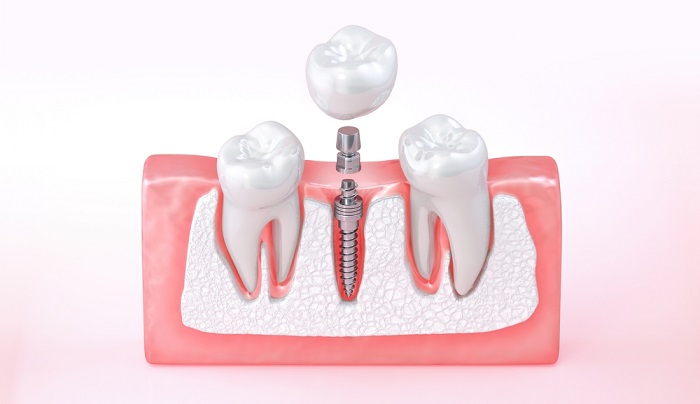
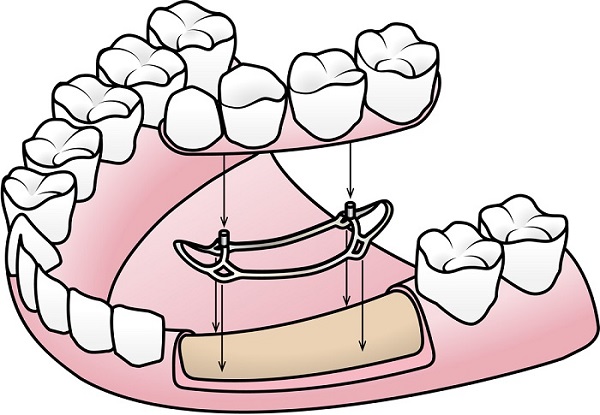
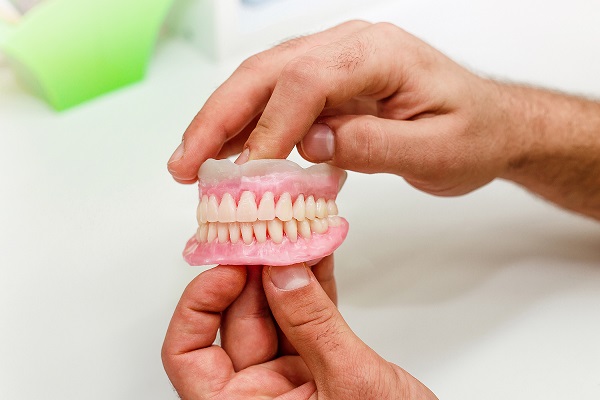

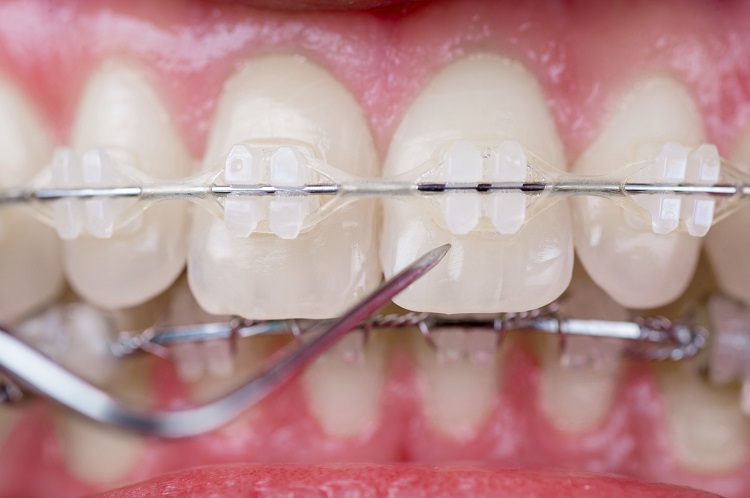
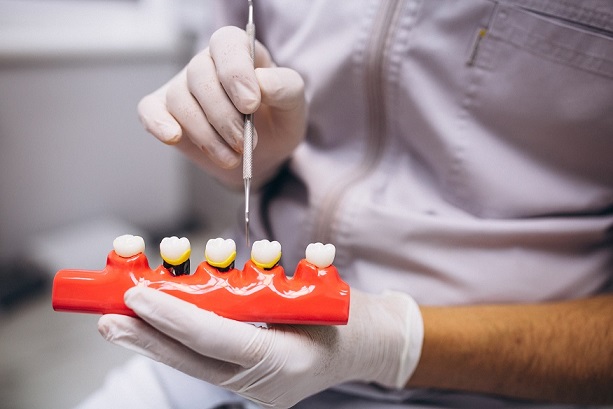
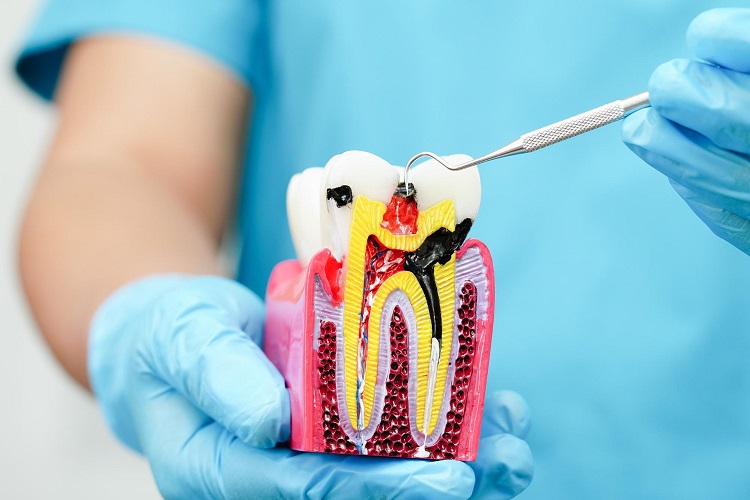
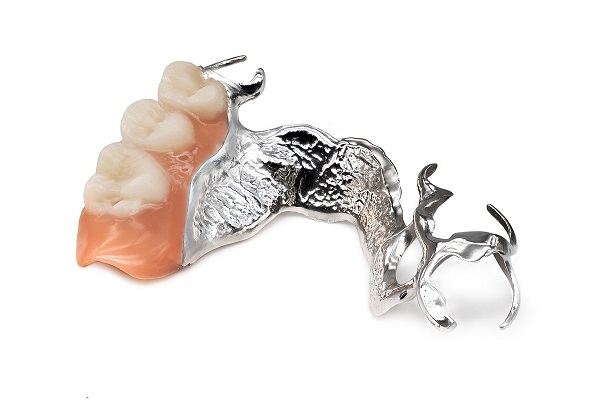
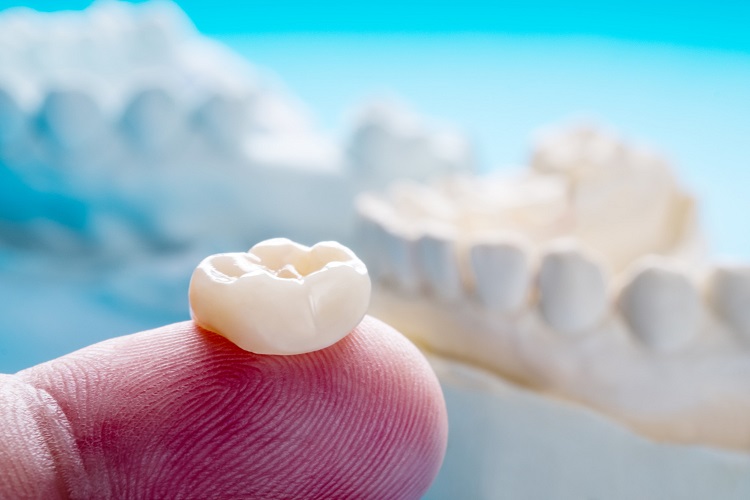
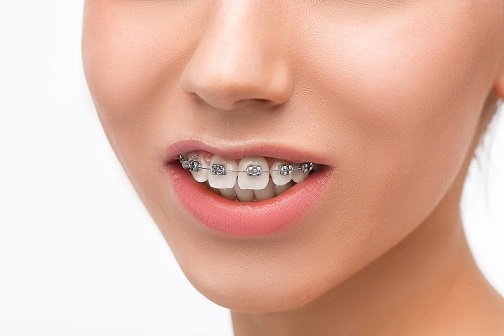

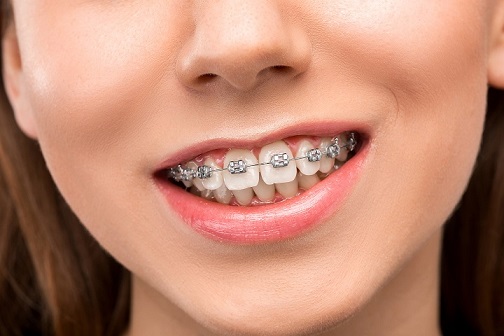
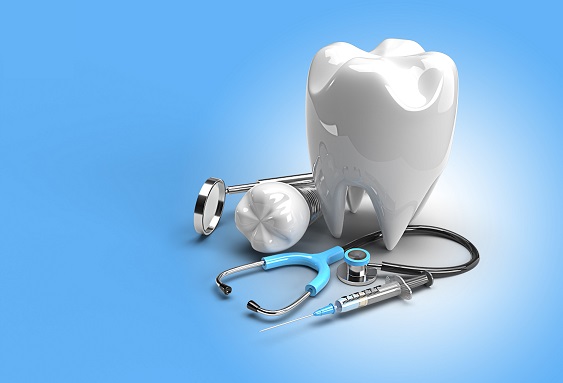
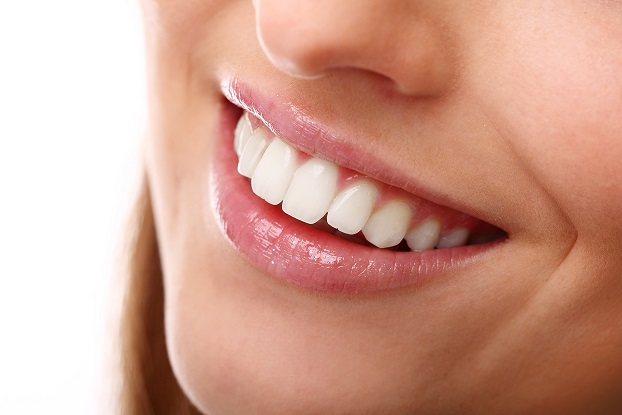
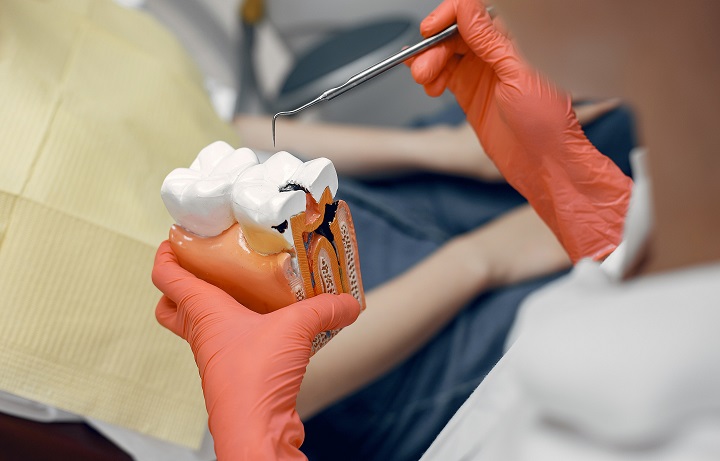
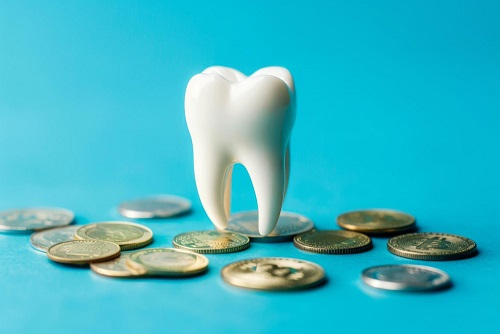
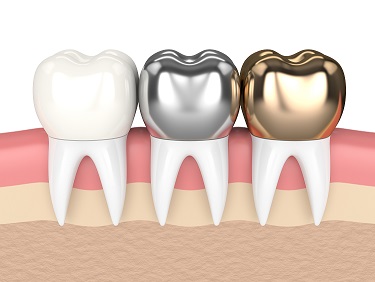
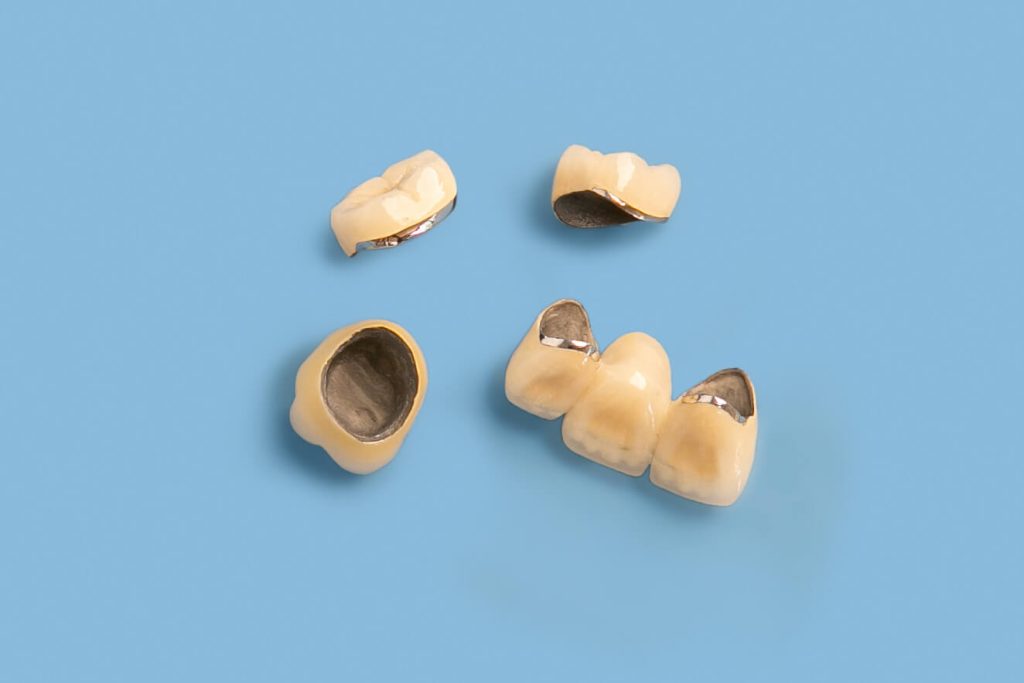
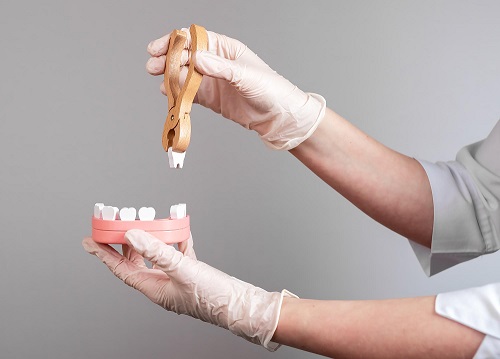
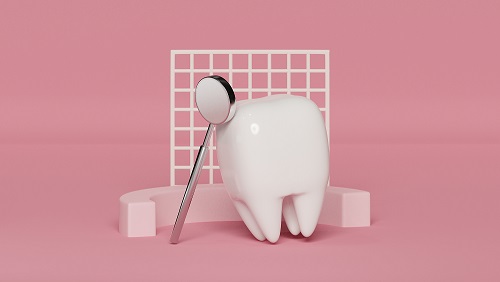
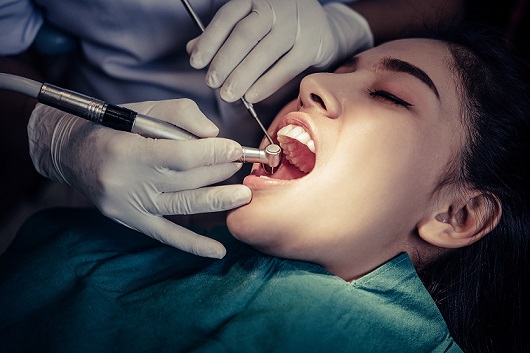
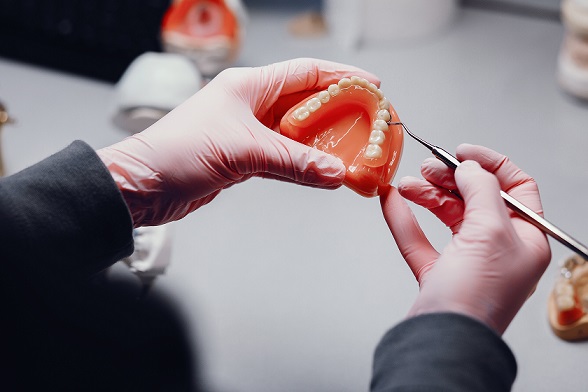
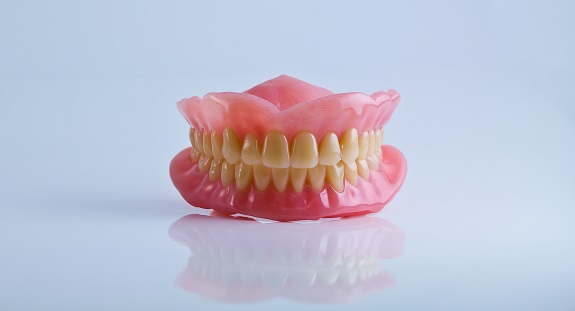
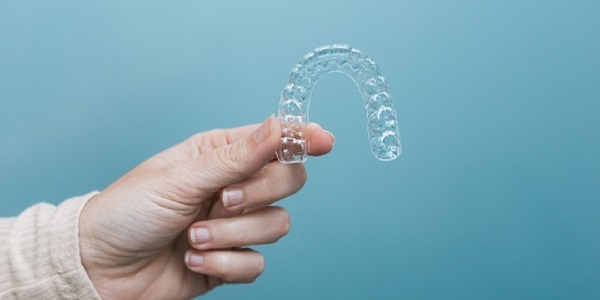
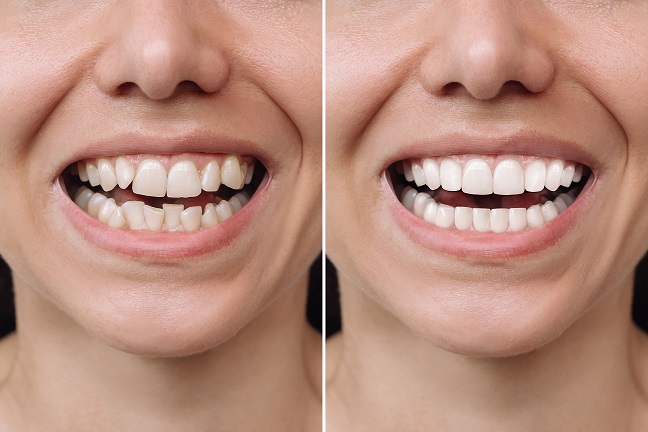
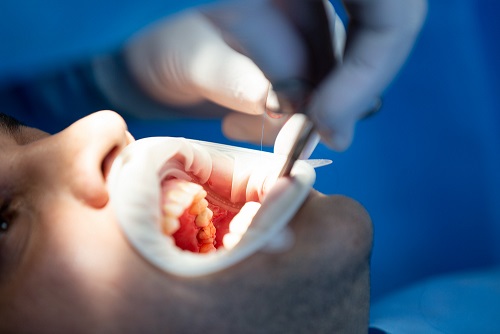
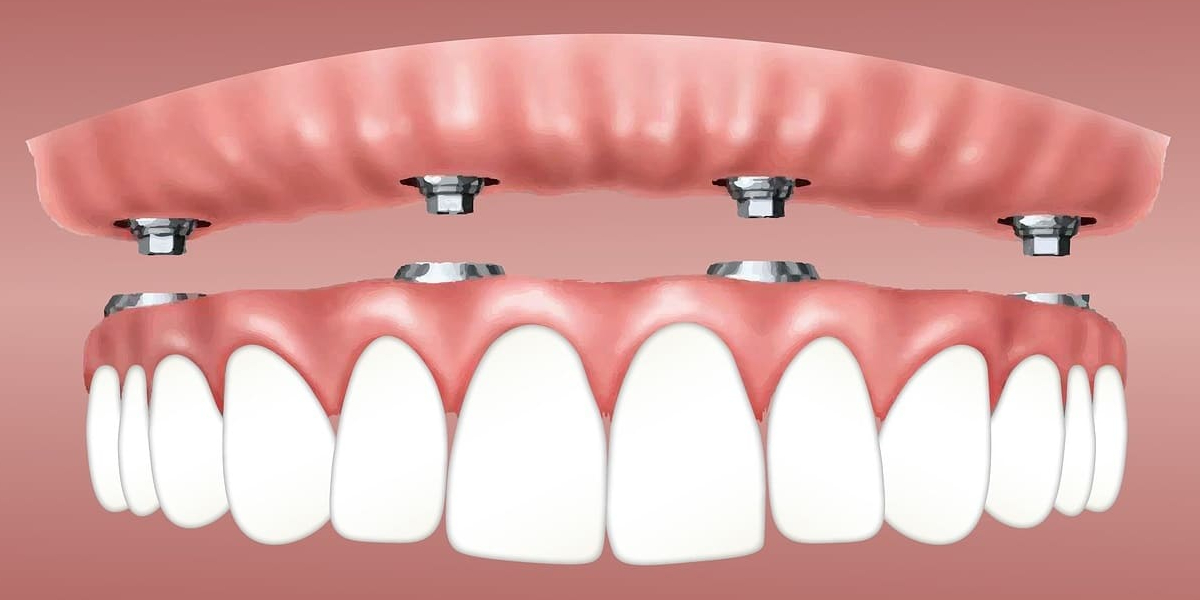
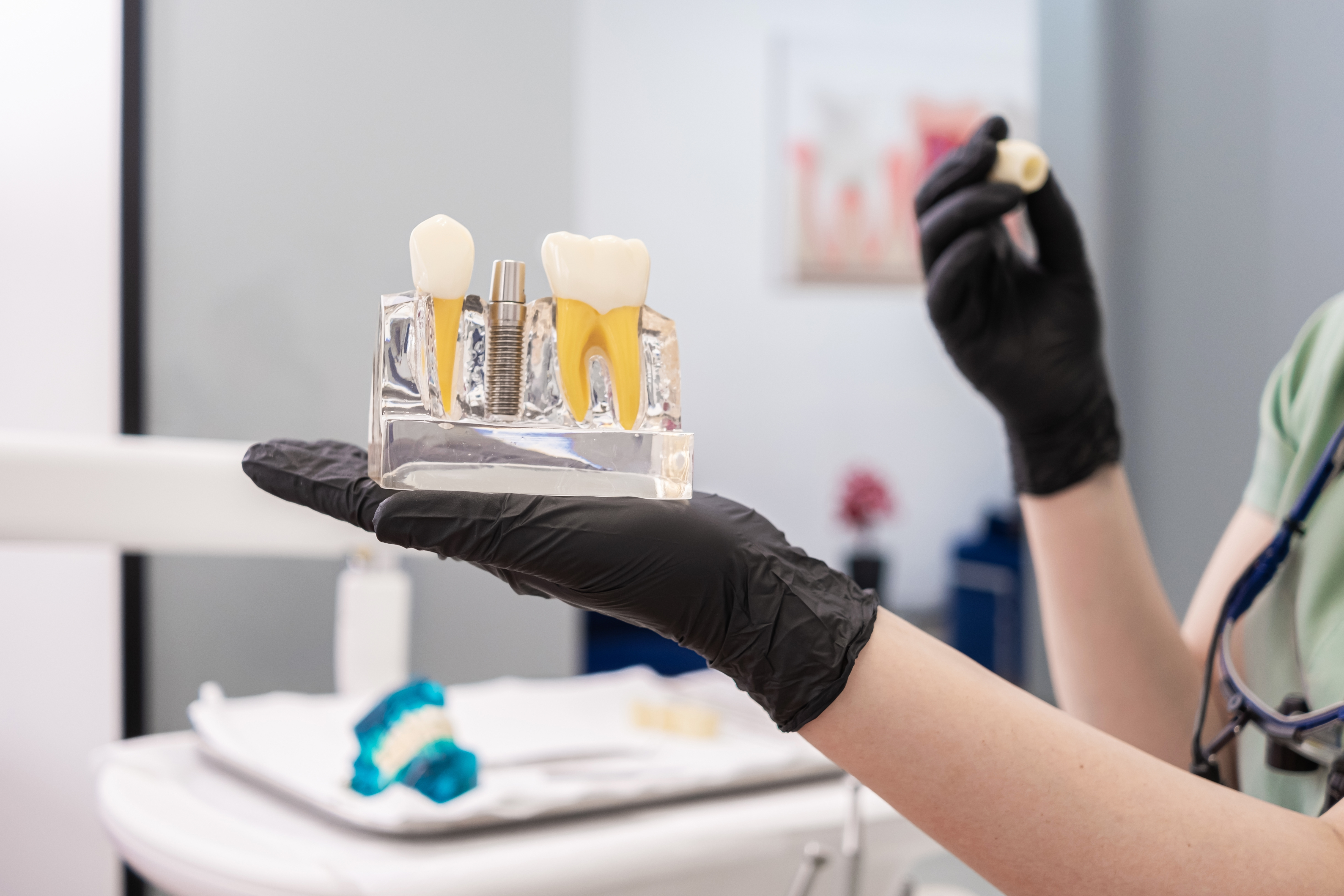
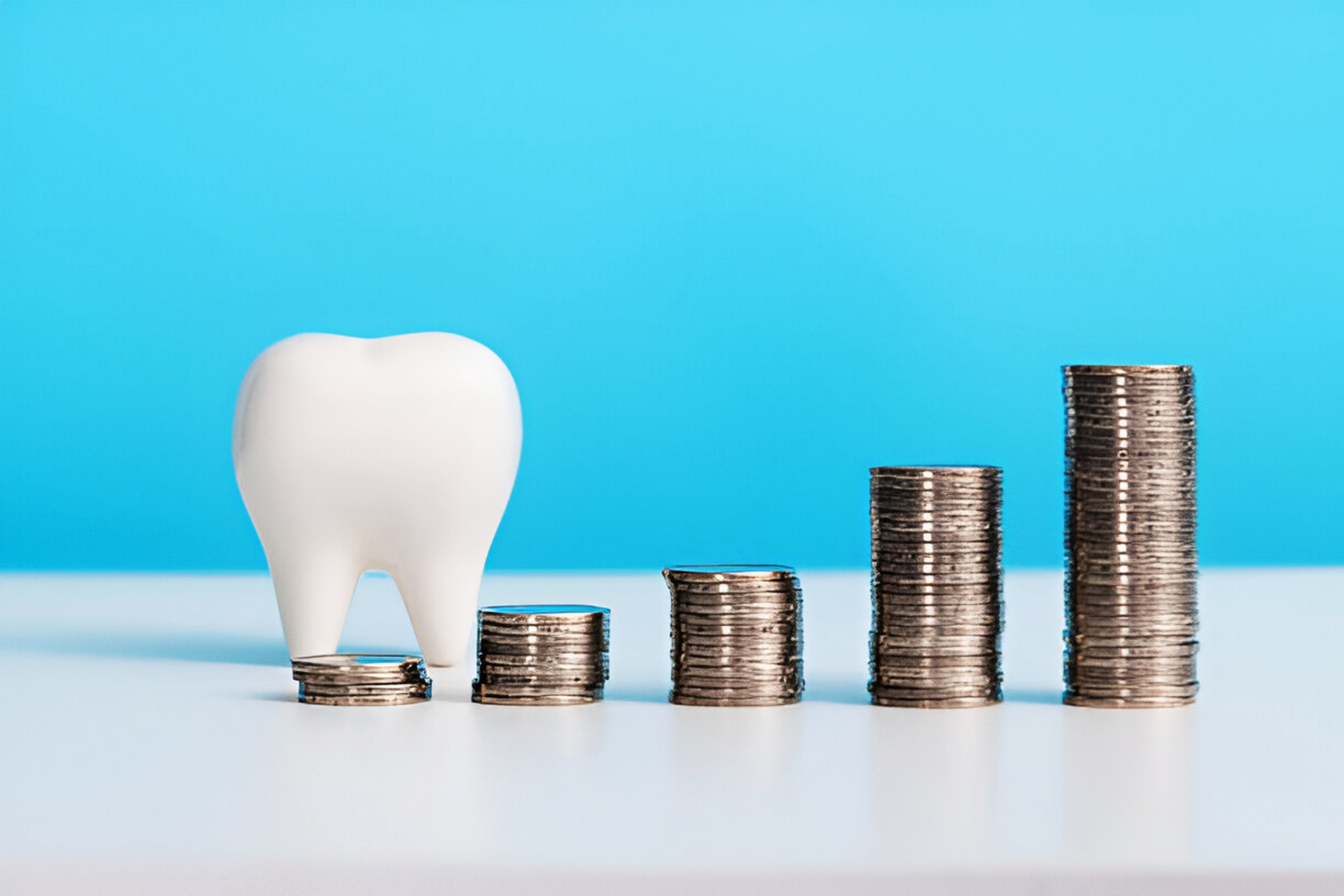
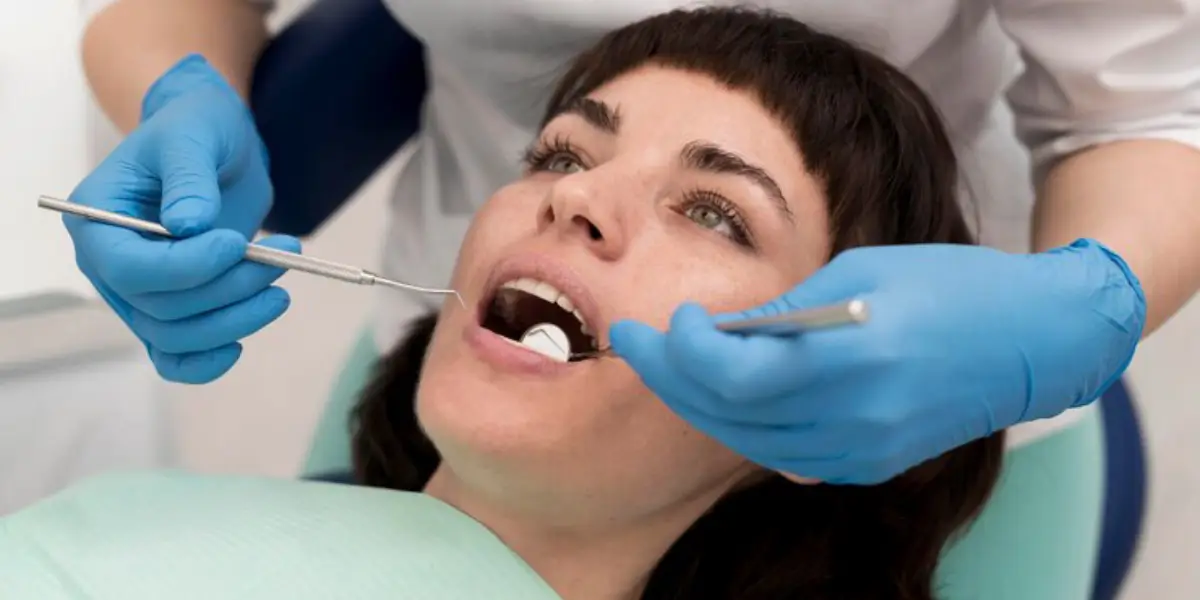
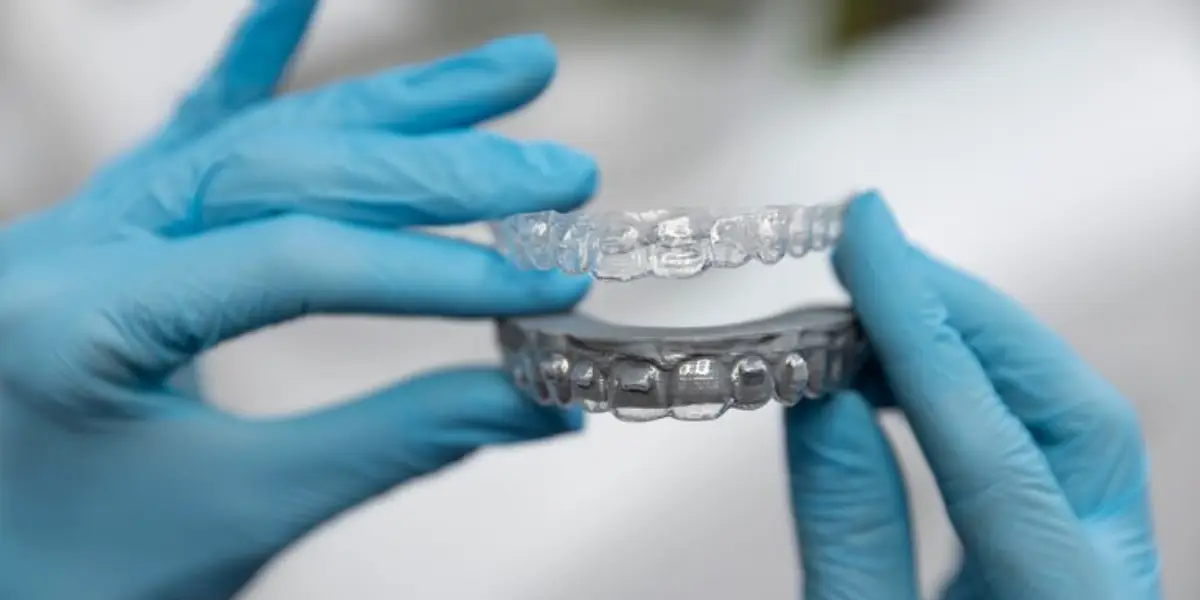
.jpg)
.jpg)
